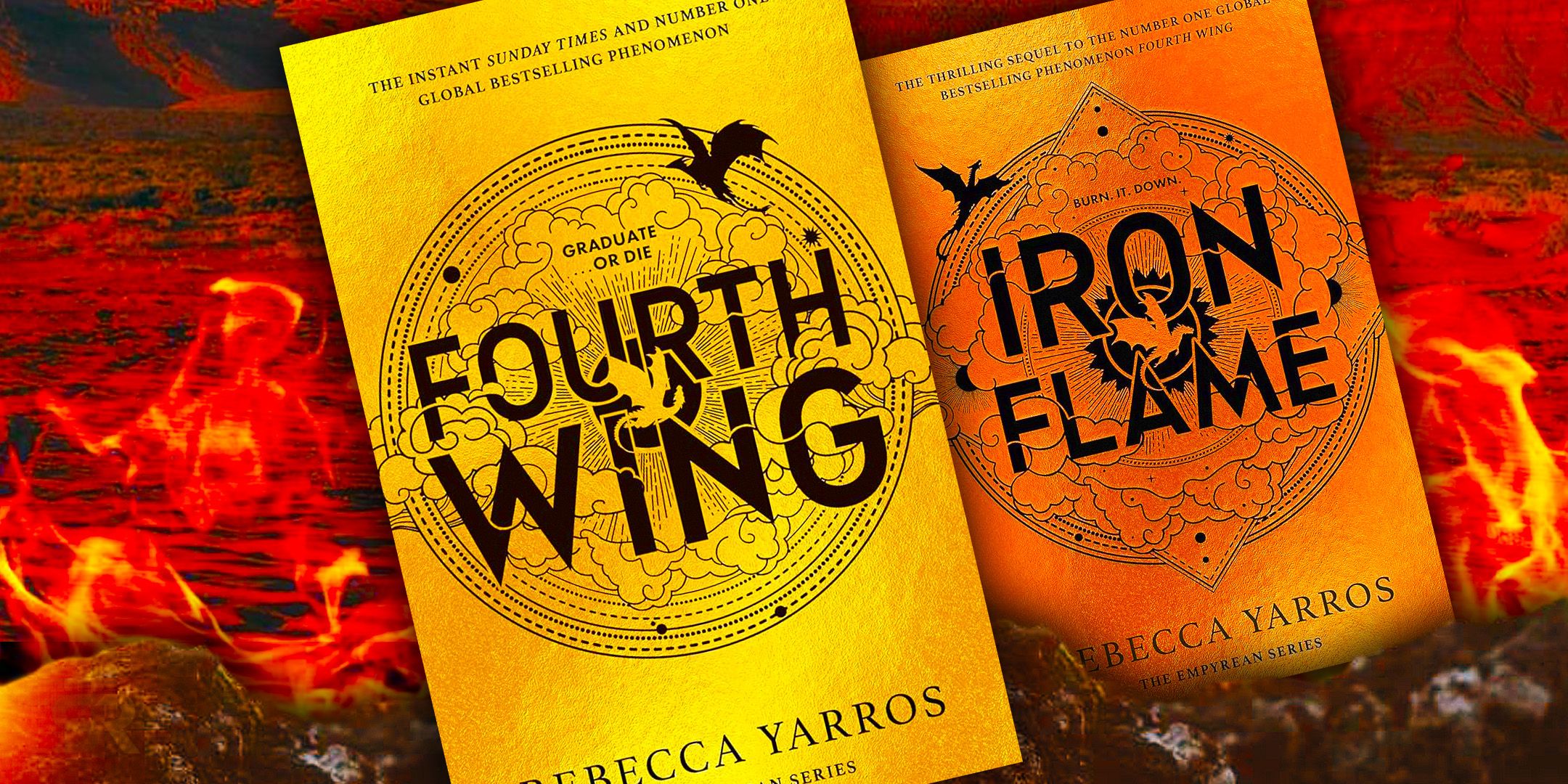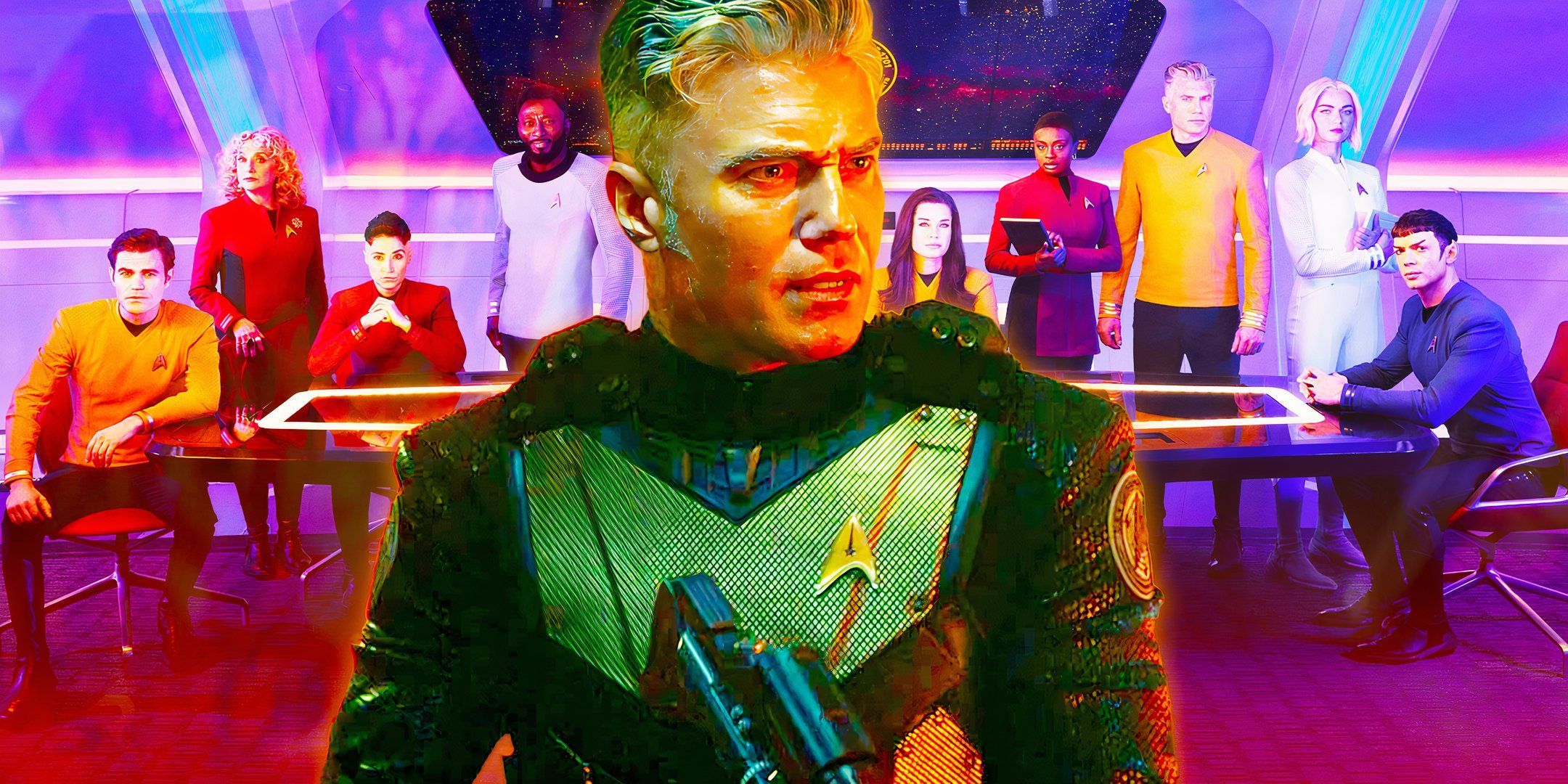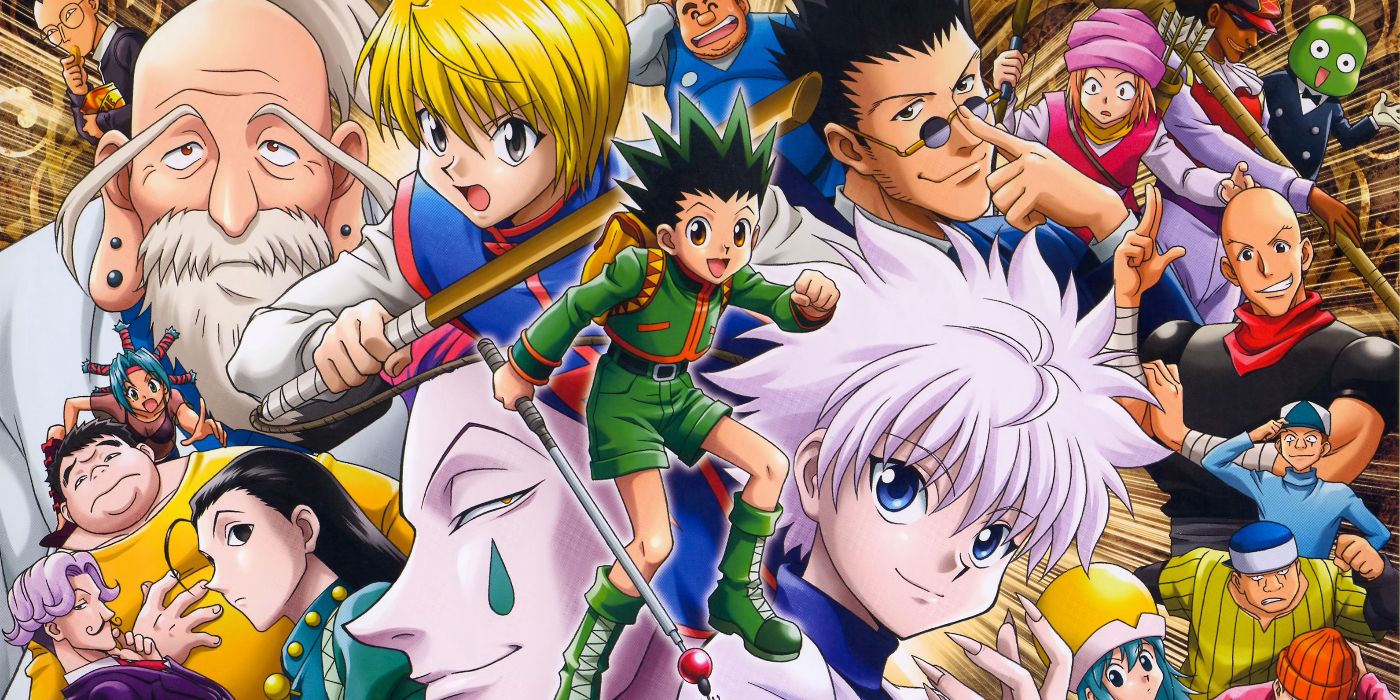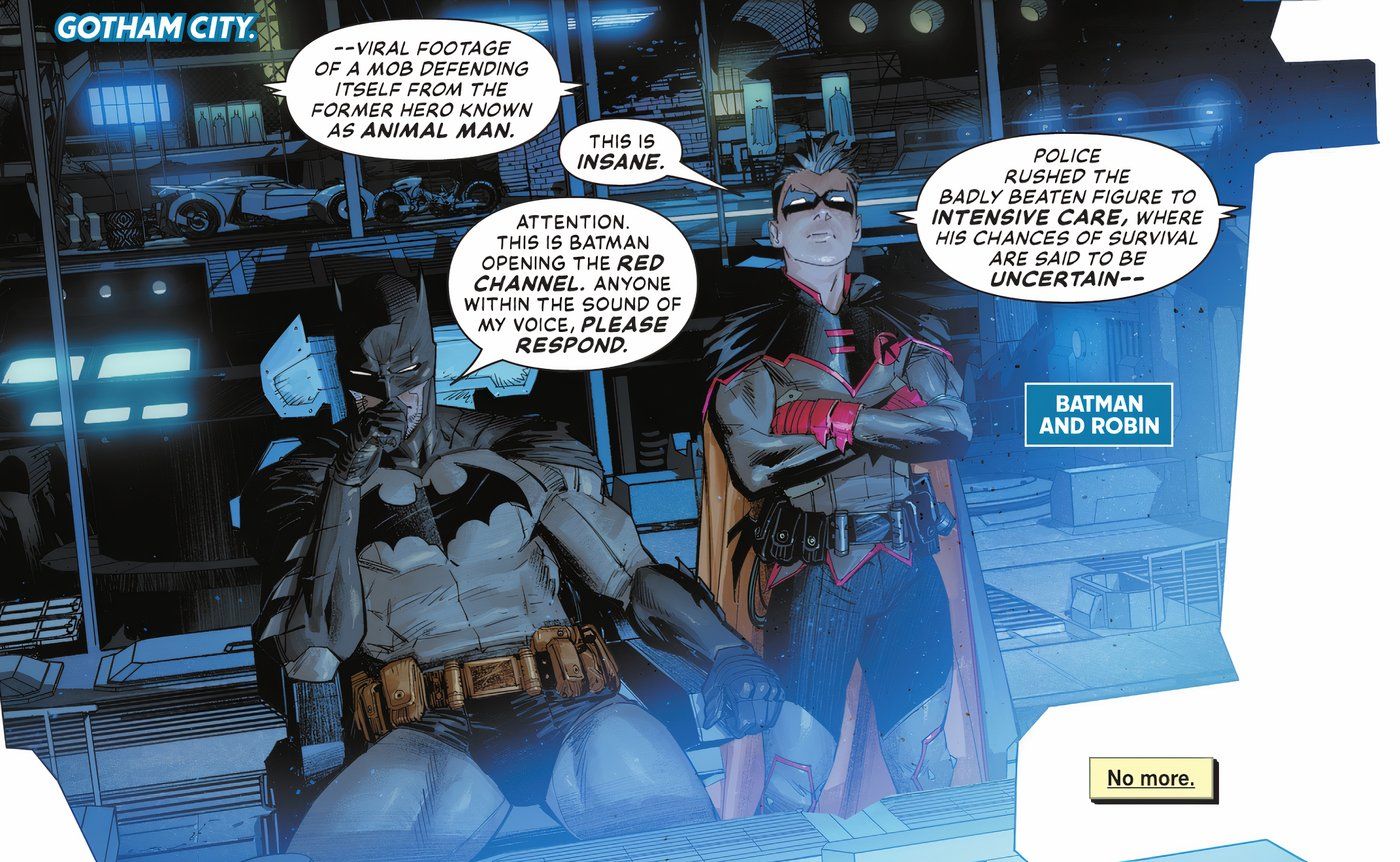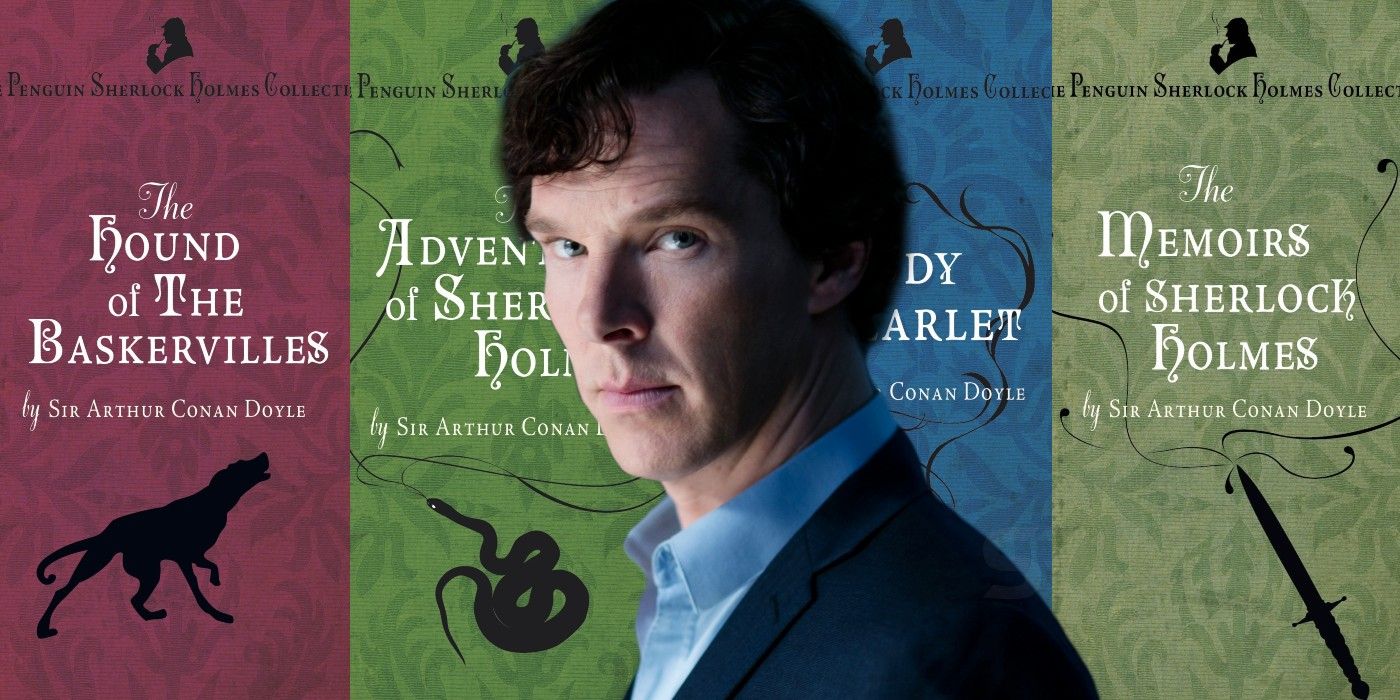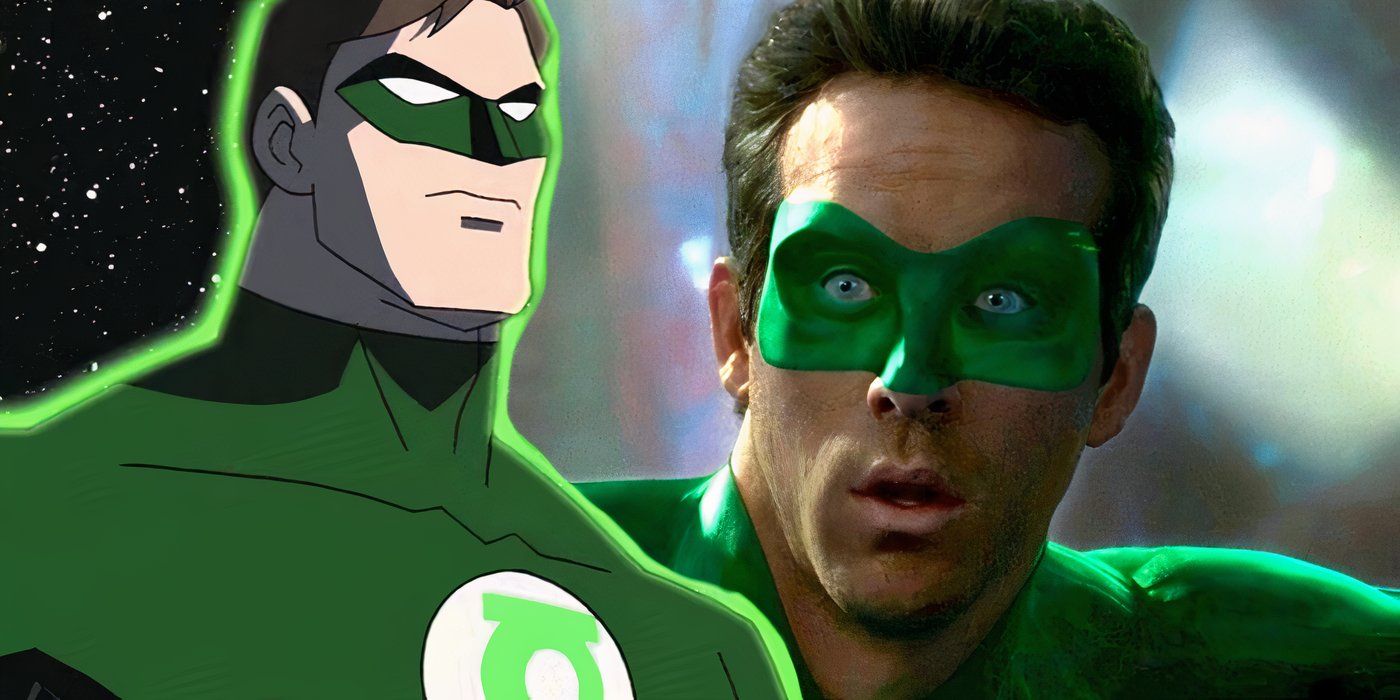Corridor Crew sit down and unpack the shortcomings of infamous VFX moments from Harrison Ford’s fourth adventure as Henry Jones Jr. in Indiana Jones and the Kingdom of the Crystal Skull. The fourth chapter of the whip-brandishing, fedora-donning hero’s cinematic saga, Kingdom of the Crystal Skull sees Indy swept up in a race for immense telepathic power at the height of the Cold War, racing Soviet Union agents to return a fabled Crystal Skull to Peru. Despite its long-awaited status at the time, the 2008 sequel was divisive due to certain story decisions some considered too outlandish for the franchise.
With over 16 years passing since Indiana Jones and the Kingdom of the Crystal Skull first released, Corridor Crew unpacked a handful of the movie’s most infamous moments in a larger look at the franchises’ effects in a recent YouTube video. Looking to Indy’s infamous nuclear bomb test refrigirator survival scene and Mutt William’s (Shia LaBouf) monkey swinging sequence, hosts Niko, Wren, and Clint discuss the shortcomings of the effects, highlighting how a conflict between realism and stylistic choices, missaplied effects, and the difficulty of translating the script to screen could break viewer immersion. Check out the explanation below.
Niko:
There’s a lot of weird jank in it, which is bittersweet and sad because Spielberg, and George Lucas, and Harrison Ford, like the team came back, in your heart you want it to be good, but it’s really rough… They did the town for real, they did a crazy practical effect here… It looks awesome, and the footage of it is super cool – It’s all air canons, by the way, there’s an air canon in each house. Boom boom boom boom boom boom! In sequence doing the shockwave. The have all this reality around them, and then there’s so much unreality.You gotta do some extension, cool, I get it. You gotta comp in the background, all good, I get it. But then they’re like “Oh! But we also need to add the smoke from the stuff being burned,” and they’re like “Oh! Were starting to get into digital town,” and then they just break physics again and they have a second shockwave hit before the actual shockwave hits… You’re having animators come in and start to spruce up the shot in a way that’s not physically accuracte, so it’s already feeling animated.
But there’s this, they slow it down, and you get frame interpolation, and it makes everything look smeary. It makes it all look undefined, it makes it look like cheap visual effects, it makes it look like there’s a visual effects artist who ran out of time, and has to hide everything behind motion blur, and haze, and bloom.
Wren:
But I don’t think that’s a visual effects problem, I think that’s a stylistic – like the director wanted a certain look type problem.Niko:
Yeah, I’m like, I’m not trying to blame a visual effects artist for screwing up a shot, because that’s not what’s happening here, it’s like all these things are fighting each other, and then you have shots like this car, which is of hand animation, you can feel the hammer shake, and there’s lense flares… We’re all okay with a little unreality, but what are you guys trying to do with the visual effects here?Are you trying to be painterly and go crazy, and make a cool matte painting here, or are you trying to make it feel like this is real? ‘Cause it’s definitely – nobody’s following physical rules here. Look at that dim lense flare over his head as he’s climbing up the hill from the sun, we can’t have a lens flare be at 10 percent in your shot, it physically does not make sense.
And this movie struggles a lot with this… You have real footage of an actor, but there’s so much fake bloom and fake glow… When you’re working with constraints, especially technological constraints, you can’t just write anything you want in a script. When you write something, you have to write about how you’re going to shoot it, and how you’re going to pull it off.
This movie feels like somebody just wrote a script with whatever they want in it, and then they shot the movie just following the script. And everybody’s doing their best in all their individual departments, but it’s not under that single cohesive vision of somebody that’s writing with visual effects in mind, and special effects in mind, and cinematography in mind. That whole stack of creativity isn’t really living within one person, it doesn’t feel like it is.
Has Indiana Jones and the Kingdom of the Crystal Skull Received A Renewed Appreciation?
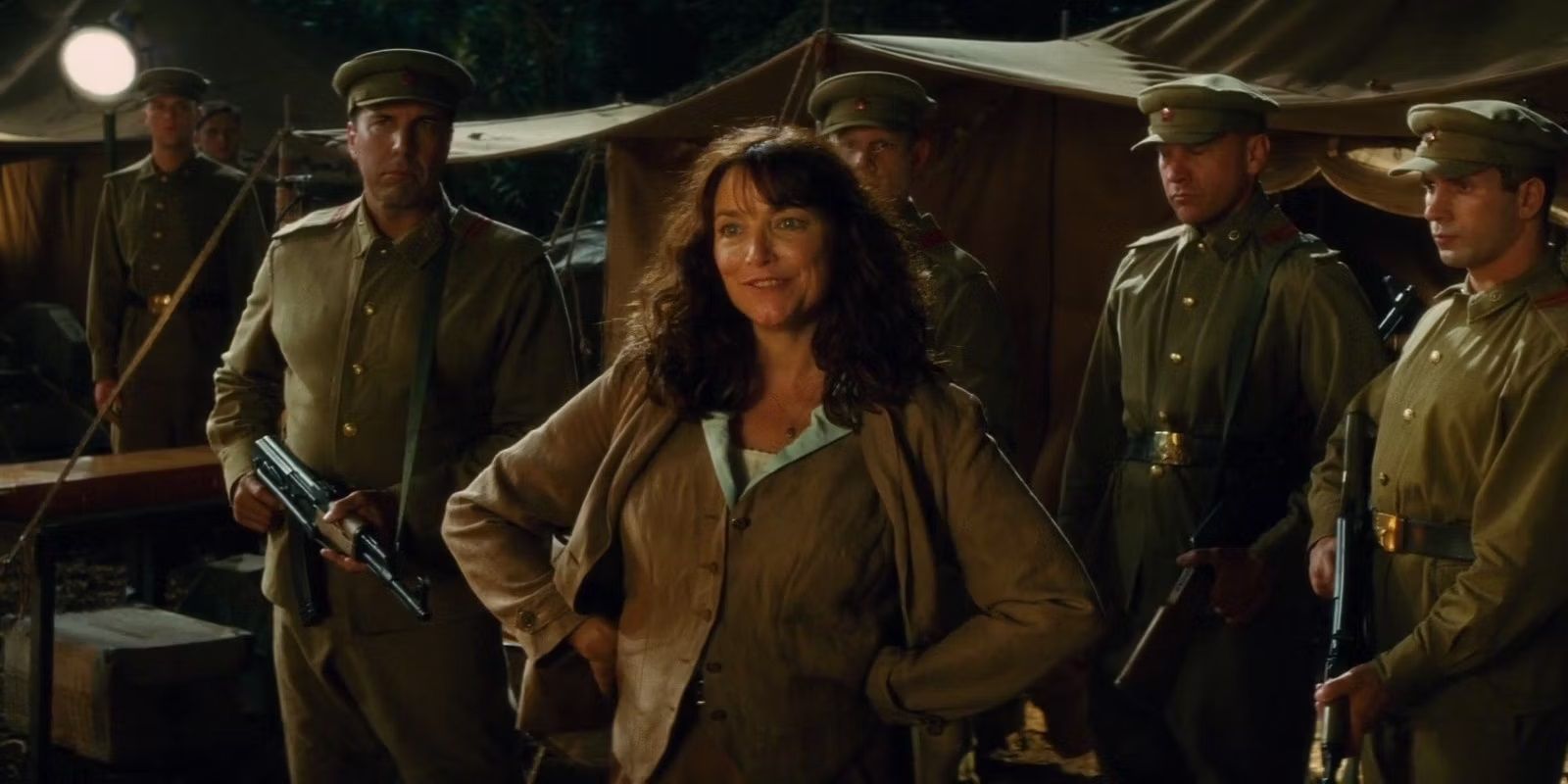
While Kingdom of the Crystal Skull‘s $790.7 box office helped it become the highest-grossing Indiana Jones movie to date (without taking inflation into account) it is hard to deny that audiences were left uncertain about the sequel. Alongside a heavier lean into digital effects for a franchise whose most iconic moments had been built practically, the movie’s titular artifact’s extra-dimensional origins and Indy’s uncanny ability to survive nuclear blasts were considered too far out of the series’ typical stakes. As such, Kingdom of the Crystal Skull has garnered a reputation as the weakest installment.
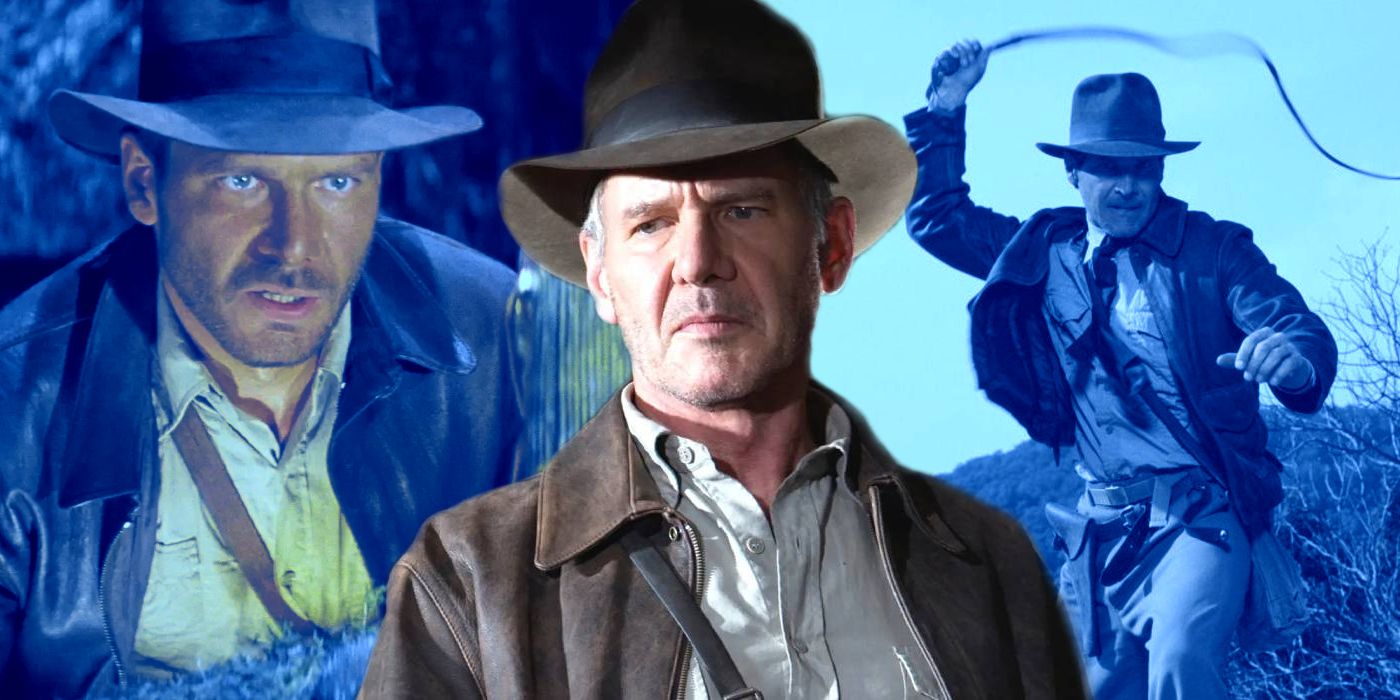
Every Way That Kingdom Of The Crystal Skull SAVED Indiana Jones
Though it’s commonly dubbed the weakest entry into the franchise, Kingdom of the Crystal Skull actually secretly saved Indiana Jones in many ways.
Despite these shortcomings, time has been kinder to Indiana Jones and the Kingdom of the Crystal Skull, allowing it to be looked on more favorably. Due to its proximity to the similarly divisive Star Wars prequel trilogy, the fourth Indiana Jones movie and its creatives found themselves similarly treated as a punching bag in pop culture, with infamous examples featuring in South Park. However, as audiences recognized how certain critiques were too harsh, younger viewers at the time are now contributing to the conversation around the movie, and the strong points of Indy’s fourth adventure have been allowed to be celebrated.
While Indiana Jones and the Kingdom of the Crystal Skull‘s positive elements have received more recognition with time, Corridor Crew’s critiques about the VFX still hold some merit, even as later Indiana Jones movie’s digital effects would become more divisive. For a series that built gruesome deaths and magnificent contraptions through practical means, the 2008 sequel’s digital reliance, though typical for big-budget Hollywood features at the time, is still a jarring adjustment. While certain set pieces’ ambition may receive renewed appreciation, Indiana Jones and the Kingdom of the Crystal Skull‘s effects will likely be the subject of debate for years to come.
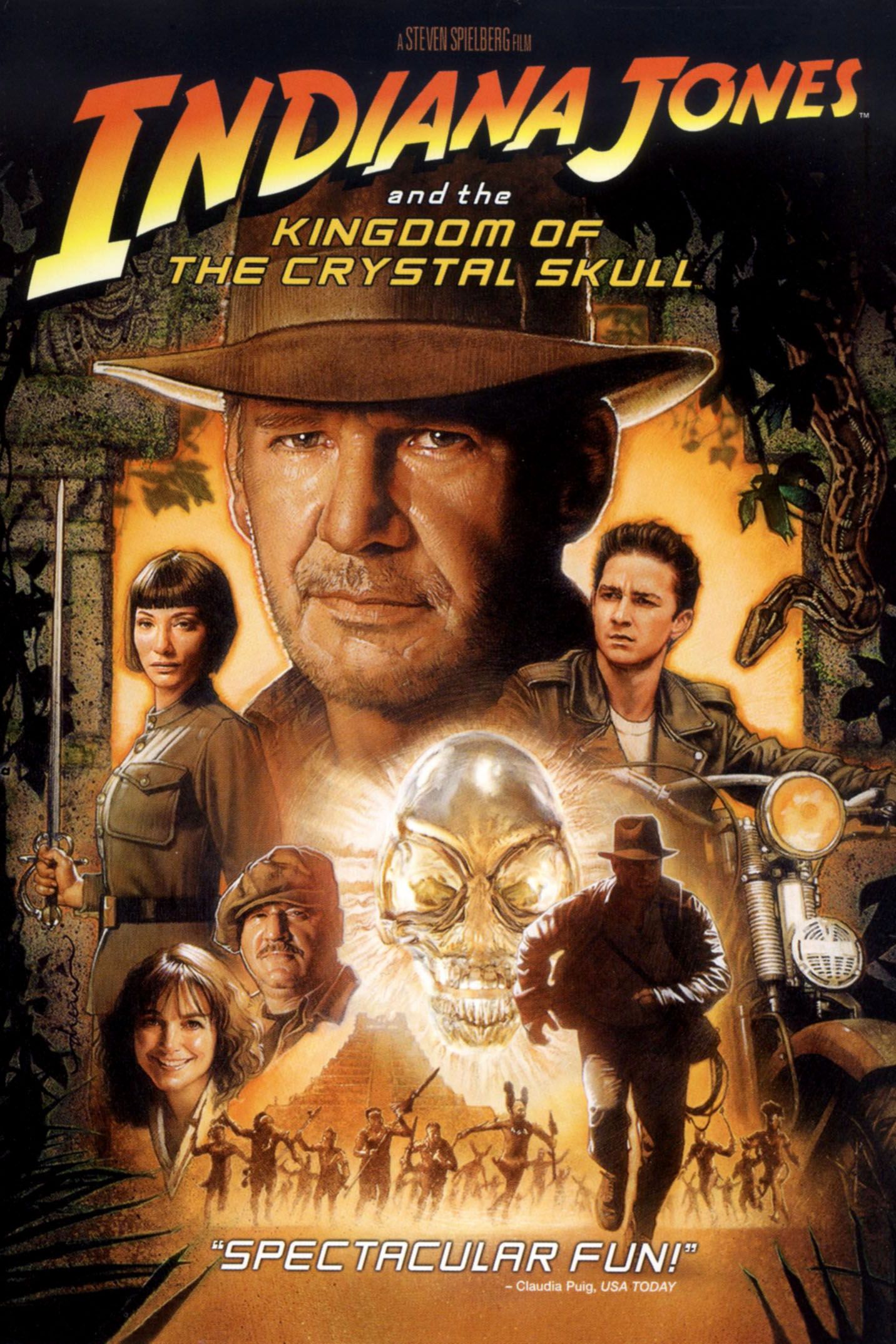
Indiana Jones and the Kingdom of the Crystal Skull
*Availability in US
- stream
- rent
- buy
Not available
Not available
Not available
The fourth installment in the Indiana Jones franchise, Indiana Jones and the Kingdom of the Crystal Skull sees the return of the legendary hero 19 years after his last outing. In the film, Indy finds himself in a race against KGB operatives to locate a mysterious crystal skull, aided by his former lover Marion Ravenwood and their erstwhile son, Mutt Williams. Along with Harrison Ford, Karen Allen reprises her role as Marion, with Shia LaBeouf joining the cast as Mutt.
- Release Date
- May 22, 2008
- Director
- Steven Spielberg
- Cast
- Harrison Ford , Shia LaBeouf , Cate Blanchett , Karen Allen , Ray Winstone , John Hurt , Jim Broadbent
- Runtime
- 122 Minutes
- Writers
- David Koepp , George Lucas , Jeff Nathanson
- Budget
- $185 million
- Studio(s)
- Lucasfilm
- Distributor(s)
- Paramount Pictures
- Sequel(s)
- Indiana Jones and the Dial of Destiny
- prequel(s)
- Indiana Jones and the Raiders of the Lost Ark , Indiana Jones and the Temple of Doom , Indiana Jones and the Last Crusade
- Franchise(s)
- Indiana Jones
